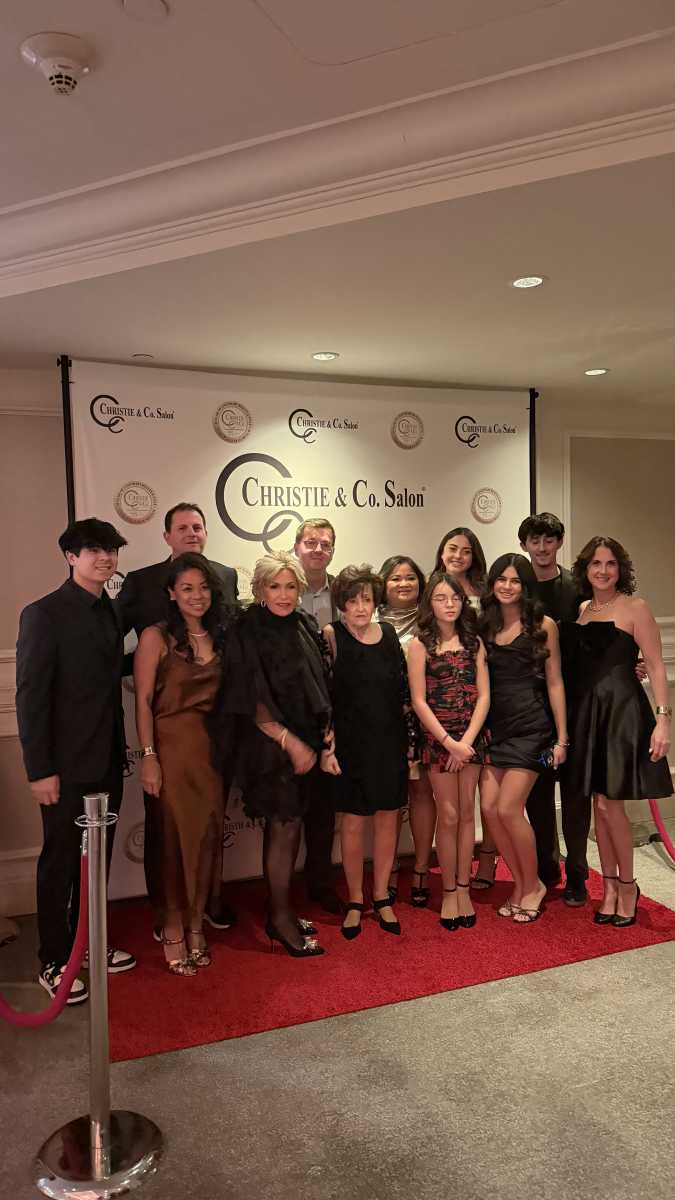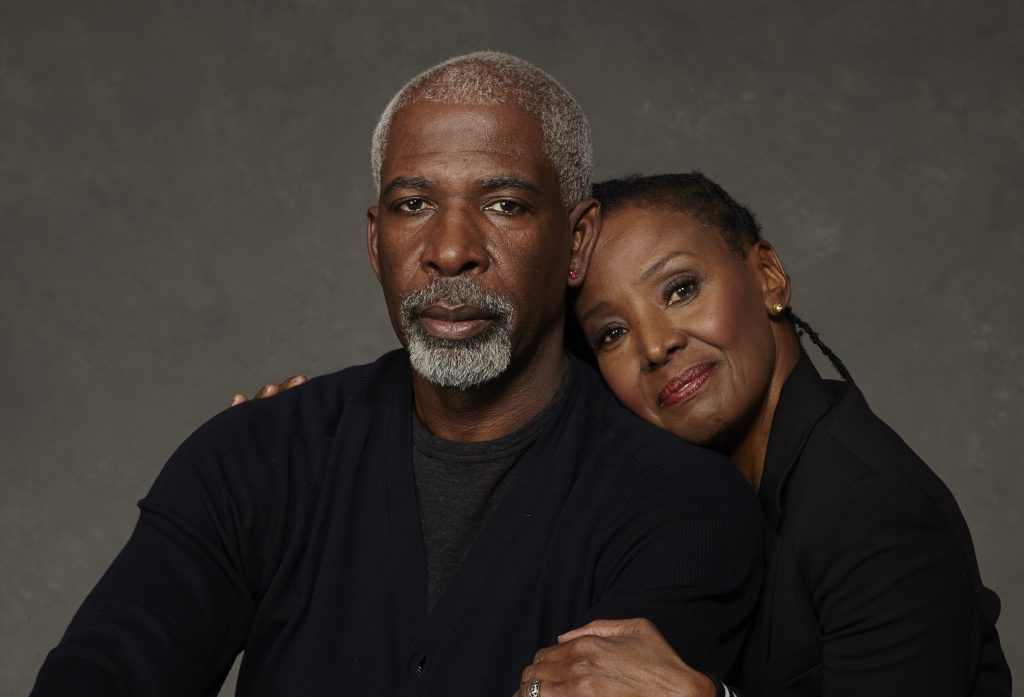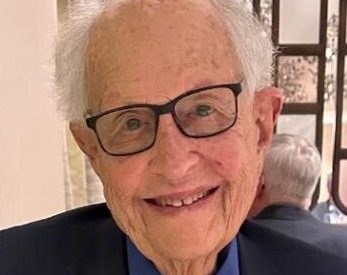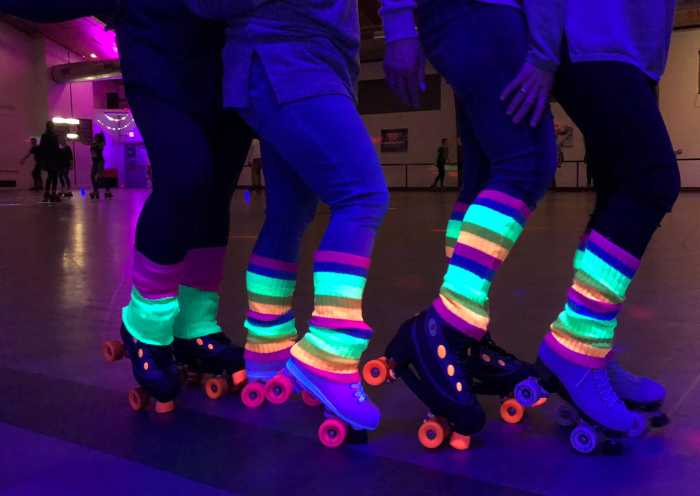Art and Function: The Public Art Fund Gala 2025
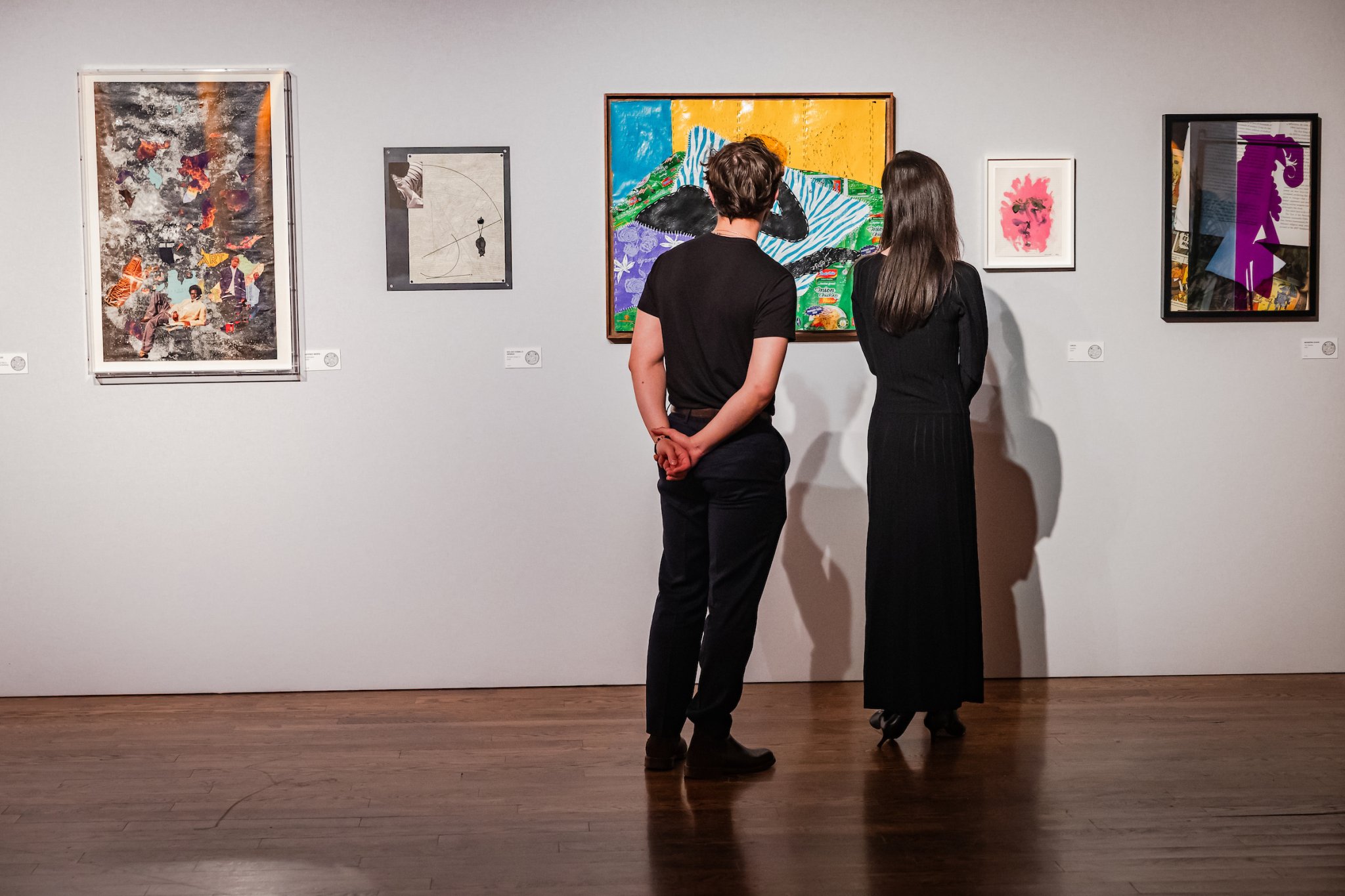
The Public Art Fund mounts free exhibitions to bridge the gap between the art world and the urban environment. Operating across all five boroughs and collaborating with institutions and corporations across the globe, it operates at the intersection of curation, communications, and strategic planning to create a more equitable and representative cultural landscape. Its projects range from Agnes Denes’ 1982 Wheatfields for Manhattan, in which she planted and harvested a 2.2-acre field of wheat on the empty Battery Park landfill, to Felix Gonzalez-Torres’s seminal billboard Untitled, installed in Sheridan Square in Greenwich Village in 1989 and again in 2019, which read:
People With AIDS Coalition 1985 Police Harassment 1969 Oscar Wilde 1895 Supreme Court 1986 Harvey Milk 1977 March on Washington 1987 Stonewall Rebellion 1969
The Public Art Fund’s annual spring gala has raised over $1 million over the past years to support the organization’s mission. Event highlights this year included a silent auction, interactive artist projects by Ilana Harris-Babou, Carlos H. Matos, Paul Anthony Smith, and Carmen Winant, signature cocktails, dinner, and intricate desserts shaped like terrariums, and an after-party DJed by Juliana Huxtable and MeLo-X.
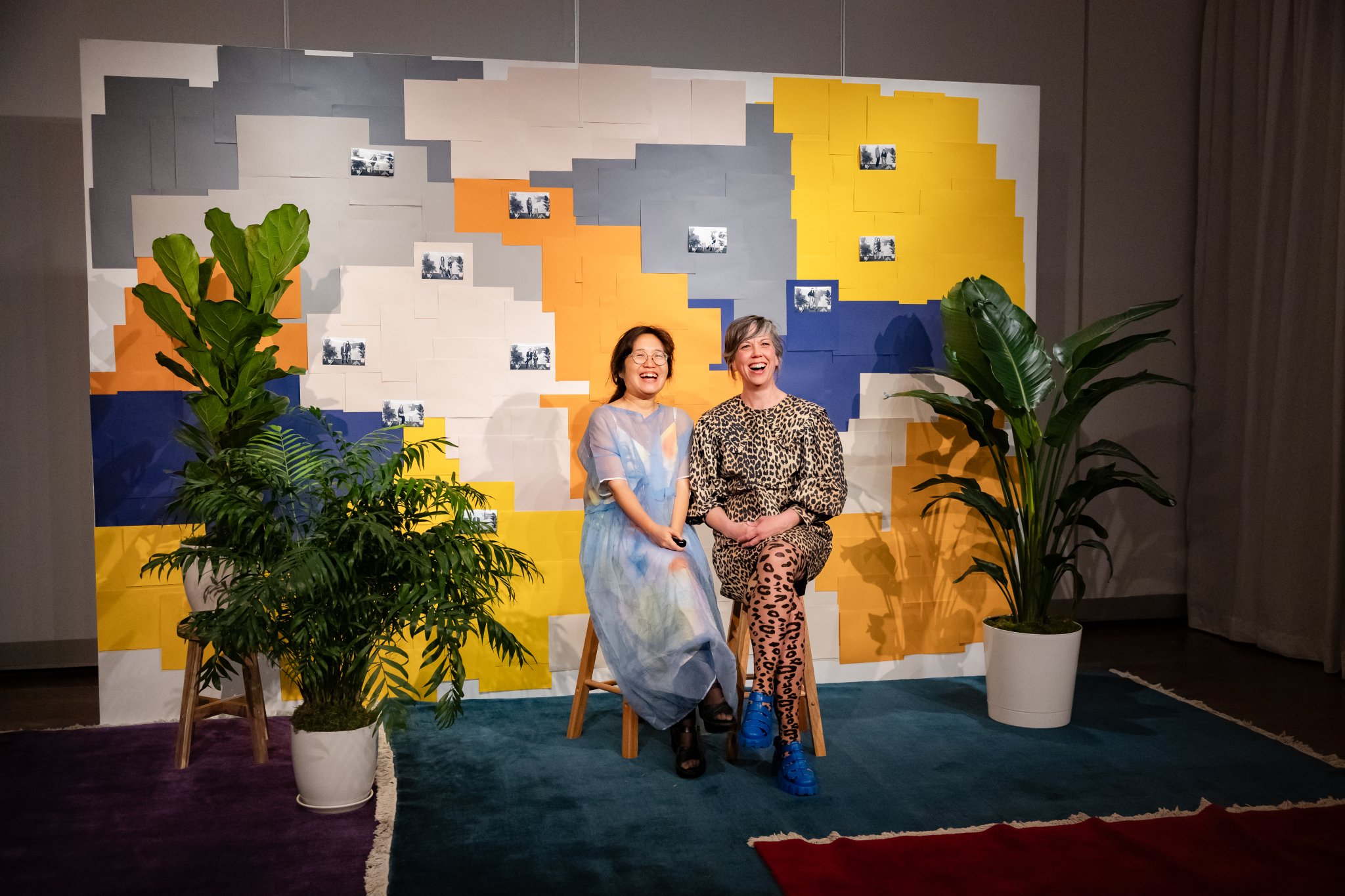
At the April 9 function at the Metropolitan Pavilion, I was greeted by men in fitted purple t-shirts holding trays of cocktails. I found myself in a spacious hall designed to evoke a Caribbean seascape; however, it resembled more of an aquarium or oceanside resort. Silky swaths of cerulean fabric draped evenly across the ceiling, and waxy-leaved plants adorned the walls, paying homage to the work of Jamaican-born, Brooklyn-based artist Paul Anthony Smith. Drawing on Franz Fanon’s theory of diasporic cultural confusions and W.E.B. Du Bois’s concept of double consciousness, Smith’s photographs, paintings, and pilotage-on-pigment prints utilize motifs of Caribbean breeze block fences and modernist architectural elements to obscure and protect his subjects from the (colonialist) gaze. Here, functionally inverted, such structures serve as backdrops rather than veils, forming the periphery of both guests’ and photographers’ images.
The right wall of the space showcased 41 works by contemporary artists, comprising the auction component of the evening. Notable pieces included Nina Chanel Abney’s Magic (2024) and Felipe Baeza’s Beyond the Vessel (2024). Abney’s relief print pays tribute to Harlem Renaissance painters like Aaron Douglas and fauvists like Henri Matisse, while maintaining a connection to present energy. Beyond the Vessel, which incorporates watercolor monoprint, photolitho, screenprint, pochoir, and collage, reflects Baeza’s unruly mappings of bodies at the intersection of queerness, migration, and mythology.
The event featured an installation-cum-photo-op by artist Carmen Winant, perhaps best known for her 2018 installation and subsequent book My Birth, composed of over two thousand images of women preparing for and in labor and childbirth. Her current work My Mother and Eye, curated by Public Art Fund Senior Curator Melanie Kress, transforms bus shelters across New York City, Chicago, and Boston through the use of hundreds of stills from road trips created decades apart by the artist and her mother.
In a space sectioned off by gauzy white curtains, guests played ping-pong with custom-designed paddles—many created by the guests at a station across the room. The makeshift game room served as a sneak peek of Public Art Fund’s upcoming exhibition Between Tides, curated by Associate Curator of Public Practice Gabriela López Dena, which will be installed in the sand on Rockaway Beach this summer. The exhibition will feature sculptural ping-pong tables by artists Moko Fukuyama, Ilana Harris-Babou, Las Hermanas Iglesias, Carlos H. Matos, Amalia Pica, and SUPERFLEX. Devoid of its intended environment, the setup loses its complexity but brings delightfully chaotic energy to an occasion that otherwise teeters on prim.
The art world’s formality and staged modesty underscore the tensions that define public art as a category: For which “public” is public art created? Who is its creator, and what is gained by removing their work from the gallery space? What is lost? How does the nonprofit funding structure influence the aesthetic experience of the urban landscape? Considering the current precarity of funding for the arts—or the public, for that matter—perhaps it’s best not to poke holes in its modes of production and dissemination; however, the contradictions of an exclusive gala that aims to combat the exclusivity of art render such questions hard to ignore.
As I head toward the exit, I pluck a postcard print of Paul Anthony Smith’s Grey Area (Dream Book) from a stack, a spindly palm tree silhouetted against stormy cobalt skies, the edge of the storm glimmering reassuringly in the distance. Or is it a wildfire? I pass a Smith-inspired photo backdrop and notice palm fronds and blood-orange orchids breaking through a faux-moss-covered wall; the Edenic seduction of Smith’s floral-filled surfaces suddenly turns slightly sinister. But then a gaggle of art enthusiasts in frothy gowns stumble across my vision, chattering and laughing, most brandishing a cocktail in one hand and ping-pong paddle in the other, and my apprehension fades into the background.
